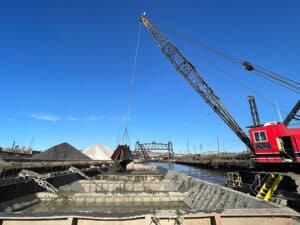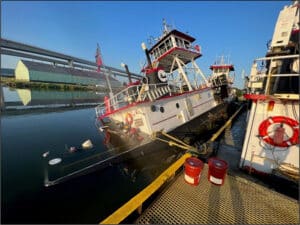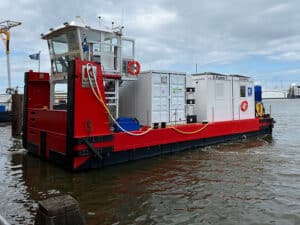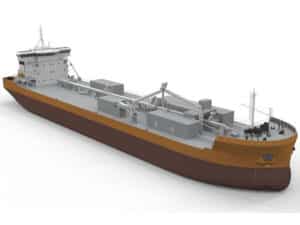
Mississippi River low water level concerns grow
Written by Marine Log Staff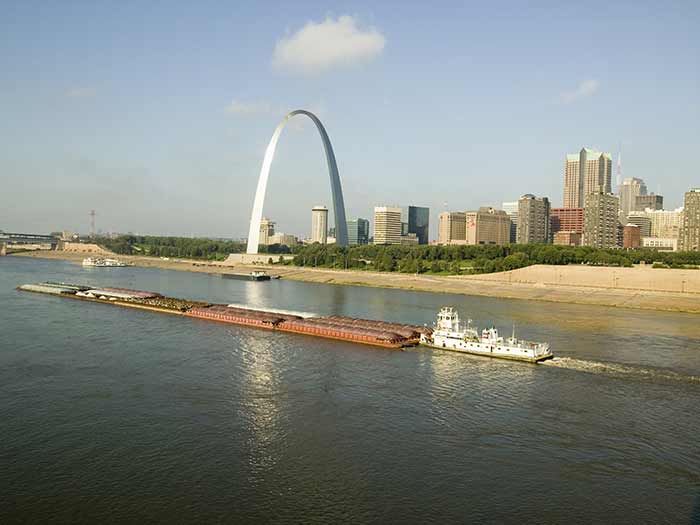
Shutterstock
As the Panama Canal continues to be impacted by low water levels, another vital artery of waterborne commerce, the Mississippi River, is again facing similar issues, prompting fears of a rerun of last year’s historically low water levels and their impact on river shipping. Keeping a careful eye on the developing situation is Mike Steenhoek, executive director of the Soy Transportation Coalition, who recently gave coalition members the following update:
As we increasingly proceed into harvest season and our predominant period for U.S. exports for soybeans, it is concerning that our inland waterway system is not operating from a position of strength. It was hopeful that 2023 would not present a sequel to the historically low water levels on the Mississippi River in 2022, but unfortunately that clearly is occurring. Harvest and the concomitant export season is “game time” for farmers and the entire agricultural industry. During this period, we need our supply chain, including the Mississippi River, to be operating a full capacity. The current low water conditions are therefore clearly a cause for concern.
Unfortunately, the forecast for additional precipitation in the near future is not favorable. Moreover, any future rainfall that does occur will be largely absorbed by an increasingly dehydrated farm ground. Abundant and sustained rainfall will need to occur to change the water level trajectory along the inland waterway system.
We are seeing barge companies announce restrictions on the volume of freight they will load onto vessels due to the shallower shipping channel. As the low water conditions persist, we will likely see these restrictions become more pronounced on both loading capacity of individual barges and the number of barges able to be connected together.
When you have the prospect of a given volume of freight (soybeans and grain, in the case of agriculture) that needs to be accommodated by a supply chain with reduced capacity, a natural result is an increase in the cost of that supply chain. We are certainly witnessing this with barge freight rates. According to the U.S. Department of Agriculture’s Grain Transportation Report, for the week ending on August 29, 2023, barge rates originating in St. Louis were $23.34 per ton, which is 42% higher than the same period last year (rates were $16.44 per ton for the week ending on August 30, 2022).
For the week ending on August 29, 2023, barge rates originating in the Cairo-Memphis region were $23.71, which is 81% higher than the same period last year (rates were $13.09 per ton for the week ending on August 30, 2022). One of the realities in agriculture is that many of these costs are disproportionately passed onto farmer in the form of a wider (i.e. more negative) basis. This macro issue of low water conditions on the Mississippi River has a local impact on an individual farmer’s wallet.
Below are current river levels at St. Louis and Memphis. As you can see, we are currently lower than the same period last year.
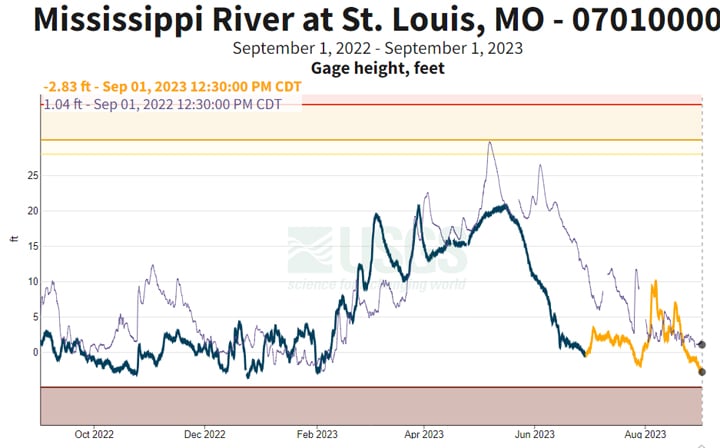
Source: U.S. Geological Survey
- In comparison, the river gage at St. Louis was 4.23 ft. on August 31st, 2021. It was 4.34 ft. on August 31st, 2020.
- Lowest gage reading in 2022: -3.53 ft. (December 25th, 2022)
- Action stage (the stage at which a rising water level will begin to trigger mitigation measures by the authority in charge): 28 ft.
- Minor flood stage: 35 ft.
- Major flood stage: 40 ft.
- Minimum operating limit: -4.97 ft.
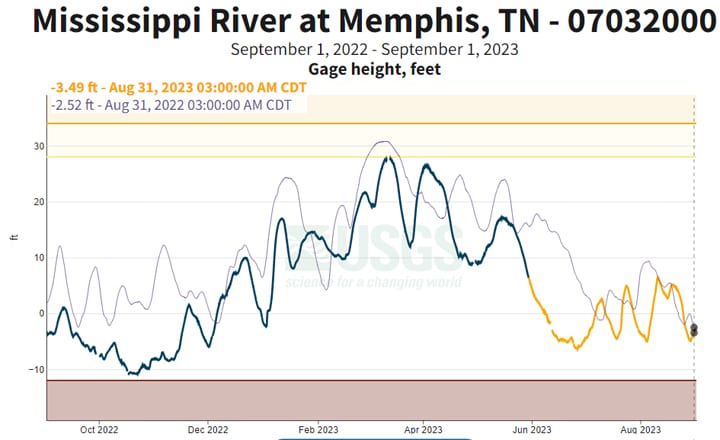
Source: U.S. Geological Survey
- In comparison, the river gage at Memphis was 1.72 ft. on August 31st, 2021. It was 2.64 ft. on August 31st, 2020
- Lowest gage reading in 2022: -10.79 ft. (October 22nd, 2022)
- Action stage (the stage at which a rising water level will begin to trigger mitigation measures by the authority in charge): 28 ft.
- Minor flood stage: 34 ft.
- Major flood stage: 46 ft.
- Minimum operating limit: -12 ft.
This will clearly be an issue we continue to monitor moving forward.

